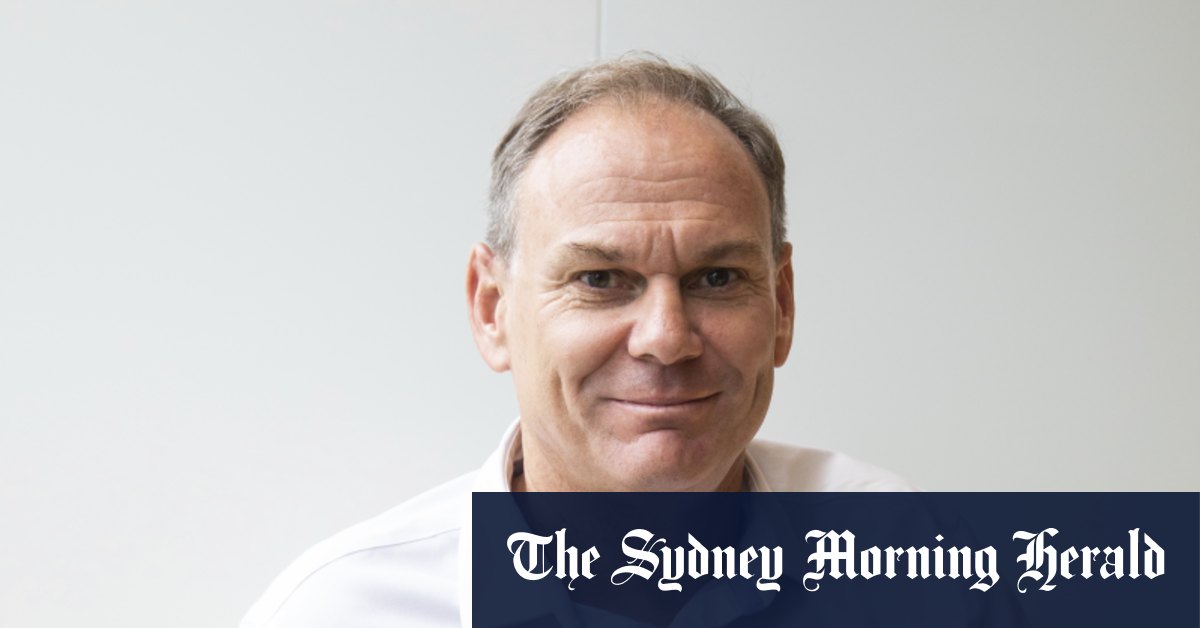NAB executive for business banking, metro, Michael Saadie.
NAB’s executive for business banking in metro areas, Michael Saadie, said the bank’s pipeline of lending activity was in line with where it was a year ago, though deals were starting to be closed at a slower pace and business credit growth would “plateau.” Saadie said Australia’s economy was better placed than many others, and NAB’s consumer spending data for sectors such as hospitality and retail was positive.
“We currently have unemployment below 4 percent, GDP still looks like it’s going to be positive next year at just probably below 2 per cent, even with more interest rate increases,” he said.
Saadie also nominated skills shortages as the key risk. More positively, he said the COVID-19 pandemic had prompted firms to improve their balance sheets, and added that pressures on supply chains appeared to be abating.
“Overall, SMEs are probably in the best position they’ve been in for a long time,” Saadie said. “We’re not seeing a great deal of stress.”
Chief executive of specialist business lender Judo Bank, Joseph Healy, also said the lender’s customers were performing well, and said SMEs would be able to pass on higher input costs. The biggest economic risk, in Healy’s view, is the “huge amount of household leverage.”
Loading
“Accordingly, we have been proactively reducing our exposure to certain forms of property, particularly commercial,” Healy said in a statement.
Business banking has wider profit margins than retail banking, and although the boom in lending to firms is expected to slow, the sector is likely to remain a critical battleground for banks.
Vacy-Lyle said the Big Four were all competing hard in the sector. “Clearly as home lending will slow, there will absolutely be a need for banks to diversify their portfolios into business banking,” Vacy-Lyle said.
Citi analyst Brendan Sproules said in a recent note that business credit had typically grown during past cycles of interest rate rises, and sometimes this pattern had been a warning sign.
Sproules said Australia’s largest episodes of bank loan losses – in the 1980s, the late 1990s/early noughties, and global financial crisis – all included a run-up in business credit as a share of gross domestic product.
This time, however, Sproules said business credit as a share of GDP had not increased much, and there appeared to be a need for greater borrowing because business investment had fallen in recent years.
The Business Briefing newsletter delivers major stories, exclusive coverage and expert opinion. Sign up to get it every weekday morning.

